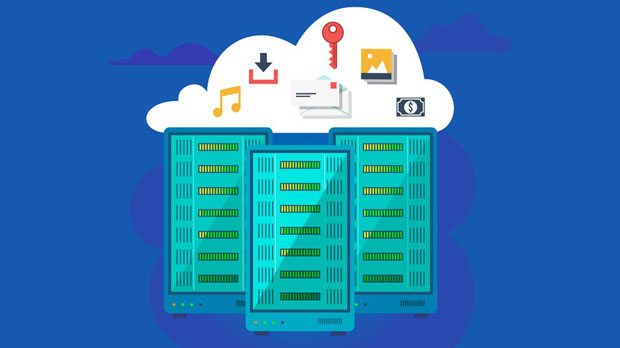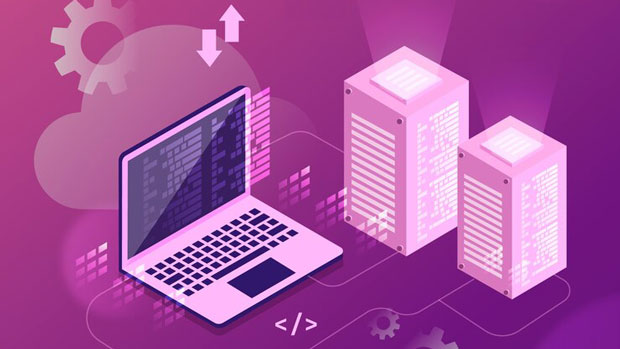When handling large-scale HTTP data collection tasks, one of the most critical decisions to make is selecting the right proxy tool to ensure smooth, uninterrupted data extraction. Among the various options available, PYPROXY and Every Proxy are two popular choices, both offering unique advantages. However, the efficiency of each tool can vary depending on the specific use case, network conditions, and the overall goal of the data collection project. In this article, we will dive deep into comparing these two proxy tools, analyzing their features, performance, and efficiency in the context of large-scale HTTP collection tasks. This comparison will help you make an informed decision on which tool best suits your needs. 1. Introduction to HTTP Large-Scale Collection and Proxy ToolsLarge-scale HTTP data collection is an essential aspect of modern web scraping and data analysis tasks. Whether it's for market research, competitive intelligence, or academic purposes, gathering vast amounts of data from websites requires the use of proxies to mask the identity of the client and avoid getting blocked. In such scenarios, choosing the right proxy tool plays a pivotal role in determining the success and efficiency of the task.PyProxy and Every Proxy are two tools that are often employed for this purpose. Both tools provide unique functionalities that can be leveraged in large-scale data collection projects. PyProxy, a Python-based proxy management system, is known for its flexibility and extensive configuration options, while Every Proxy, a commercial proxy service, prides itself on offering a vast network of rotating IPs.In the next sections, we will explore the pros and cons of each tool, focusing on aspects such as speed, reliability, scalability, and ease of use.2. Overview of PyProxyPyProxy is a Python library designed to make the process of managing and rotating proxies easy for developers. It is an open-source tool that offers high flexibility for setting up and customizing proxy pools. The system supports a variety of proxy sources, including HTTP, HTTPS, and sock s5 proxies, and allows for advanced features like IP rotation and proxy validation.2.1 Key Features of PyProxy- Flexibility: PyProxy allows users to integrate a wide range of proxy sources, from free to premium proxies. This means that it is ideal for projects with varying budget constraints.- Customizable Rotation: PyProxy's proxy rotation system can be customized to suit specific needs, such as changing IPs after a certain number of requests or at fixed intervals.- Scalability: PyProxy is designed to scale with your project. Whether you need to manage hundreds or thousands of proxy connections, PyProxy can handle large numbers without significant performance degradation.- Integration with Python Scripts: Since it is a Python-based tool, PyProxy can easily integrate with other Python scripts or web scraping frameworks, making it an attractive option for developers familiar with the language.2.2 Advantages of PyProxy- Cost-Effective: Being open-source, PyProxy is free to use, making it an ideal choice for individuals or small businesses with limited budgets.- Complete Control: Users have complete control over how proxies are managed, rotated, and validated, providing more granular control over the scraping process.2.3 Disadvantages of PyProxy- Complex Setup: PyProxy requires some technical knowledge to set up and manage effectively. For users unfamiliar with Python or programming, the learning curve may be steep.- Maintenance: As an open-source tool, PyProxy requires manual updates and maintenance. Users may need to troubleshoot issues and make adjustments as they arise.3. Overview of Every ProxyEvery Proxy is a commercial proxy service that provides a large network of rotating IPs to users. Unlike PyProxy, which is open-source, Every Proxy operates on a subscription model, offering users access to a pool of proxy ips for web scraping tasks. The service guarantees a high level of anonymity and ensures that users can maintain a steady flow of requests without being blocked by target websites.3.1 Key Features of Every Proxy- Rotating IPs: Every Proxy provides an extensive network of rotating IPs, ensuring that users can keep changing their IP address without any manual intervention.- High Availability: Every Proxy guarantees uptime and reliability, ensuring that large-scale data collection tasks can be performed without interruptions.- Ease of Use: Every Proxy comes with an easy-to-use interface, making it ideal for users who prefer simplicity and don’t want to deal with complex configurations.- Support for Multiple Protocols: The service supports HTTP, HTTPS, and SOCKS5 proxies, ensuring flexibility in different types of data collection tasks.3.2 Advantages of Every Proxy- Reliable Performance: Every Proxy offers reliable, high-speed proxy services with consistent IP rotation, making it ideal for large-scale data collection without facing issues like IP bans.- No Maintenance Required: Since Every Proxy is a commercial service, it handles all maintenance, updates, and troubleshooting. This is beneficial for users who prefer a hands-off approach.- User-Friendly: The service’s simple interface and ease of integration make it suitable for both beginners and advanced users who want a hassle-free proxy solution.3.3 Disadvantages of Every Proxy- Cost: Unlike PyProxy, which is free, Every Proxy requires a subscription, which could be a consideration for individuals or businesses with budget limitations.- Less Customization: While Every Proxy offers a broad range of proxies, it doesn’t provide the same level of customization as PyProxy in terms of IP rotation and proxy management.4. Performance Comparison: PyProxy vs. Every ProxyIn the context of large-scale HTTP data collection tasks, performance is one of the most important factors to consider. Here’s how PyProxy and Every Proxy compare in terms of speed, reliability, and scalability:4.1 Speed- PyProxy: The speed of PyProxy largely depends on the quality of proxies you source. Since it allows users to configure their proxy pool, you can choose high-speed proxies, but the overall speed can be inconsistent if free proxies are used.- Every Proxy: Every Proxy provides a large network of premium rotating IPs, which ensures high speed and low latency for large-scale scraping tasks. With guaranteed uptime and minimal downtime, it offers superior speed compared to PyProxy, especially for commercial users.4.2 Reliability- PyProxy: Reliability can be an issue if free proxies are used, as they may be unstable or frequently blocked by websites. However, with paid proxies, PyProxy can offer solid reliability.- Every Proxy: Being a paid service, Every Proxy ensures high reliability with minimal downtime. The service guarantees uptime and IP rotation, ensuring that users don’t encounter many issues during data collection tasks.4.3 Scalability- PyProxy: PyProxy is highly scalable, capable of handling large volumes of proxy connections, especially if you use premium proxies. However, users need to ensure that they set up and configure the system correctly to avoid issues as the project grows.- Every Proxy: Every Proxy also offers excellent scalability, as the service is designed to handle large-scale data collection tasks without performance degradation.5. Conclusion: Which Is More Efficient for Large-Scale HTTP Collection Tasks?Choosing between PyProxy and Every Proxy depends largely on your specific needs and preferences. If you are on a tight budget and have the technical expertise to manage and configure proxies, PyProxy could be a cost-effective and flexible option. However, if you require a reliable, high-speed solution with minimal setup and maintenance, Every Proxy would be the more efficient choice for large-scale HTTP data collection tasks.For businesses or individuals who prioritize ease of use and reliability over cost, Every Proxy offers the best solution. However, for those looking for greater control and customization at a lower cost, PyProxy may be the preferred tool, provided you can handle the technical setup and maintenance.
Sep 03, 2025



































































